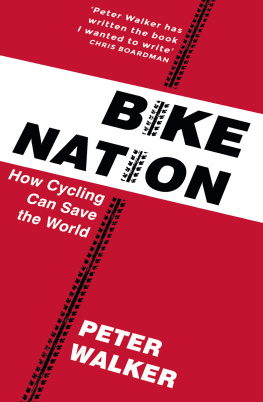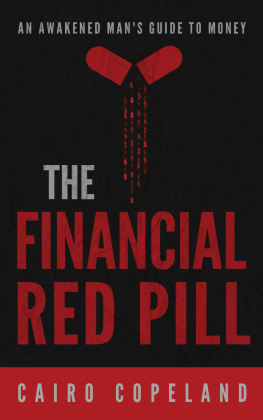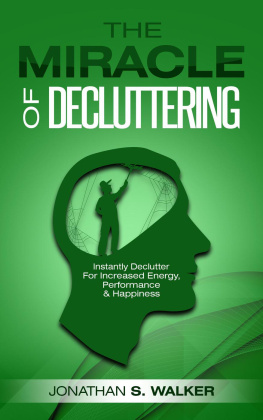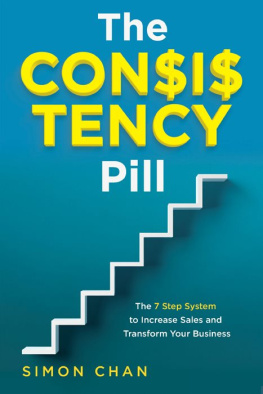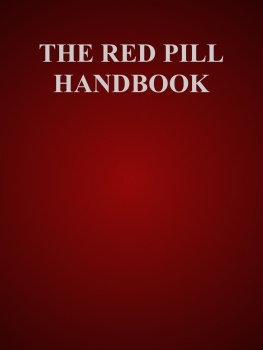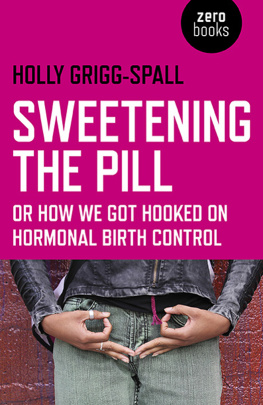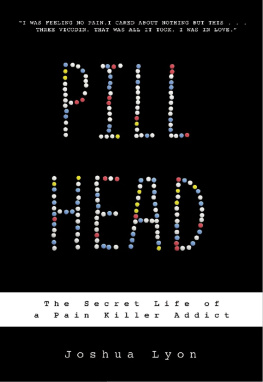Peter Walker - The Miracle Pill
Here you can read online Peter Walker - The Miracle Pill full text of the book (entire story) in english for free. Download pdf and epub, get meaning, cover and reviews about this ebook. year: 2021, publisher: Simon & Schuster UK, genre: Romance novel. Description of the work, (preface) as well as reviews are available. Best literature library LitArk.com created for fans of good reading and offers a wide selection of genres:
Romance novel
Science fiction
Adventure
Detective
Science
History
Home and family
Prose
Art
Politics
Computer
Non-fiction
Religion
Business
Children
Humor
Choose a favorite category and find really read worthwhile books. Enjoy immersion in the world of imagination, feel the emotions of the characters or learn something new for yourself, make an fascinating discovery.

- Book:The Miracle Pill
- Author:
- Publisher:Simon & Schuster UK
- Genre:
- Year:2021
- Rating:4 / 5
- Favourites:Add to favourites
- Your mark:
- 80
- 1
- 2
- 3
- 4
- 5
The Miracle Pill: summary, description and annotation
We offer to read an annotation, description, summary or preface (depends on what the author of the book "The Miracle Pill" wrote himself). If you haven't found the necessary information about the book — write in the comments, we will try to find it.
Peter Walker: author's other books
Who wrote The Miracle Pill? Find out the surname, the name of the author of the book and a list of all author's works by series.
The Miracle Pill — read online for free the complete book (whole text) full work
Below is the text of the book, divided by pages. System saving the place of the last page read, allows you to conveniently read the book "The Miracle Pill" online for free, without having to search again every time where you left off. Put a bookmark, and you can go to the page where you finished reading at any time.
Font size:
Interval:
Bookmark:
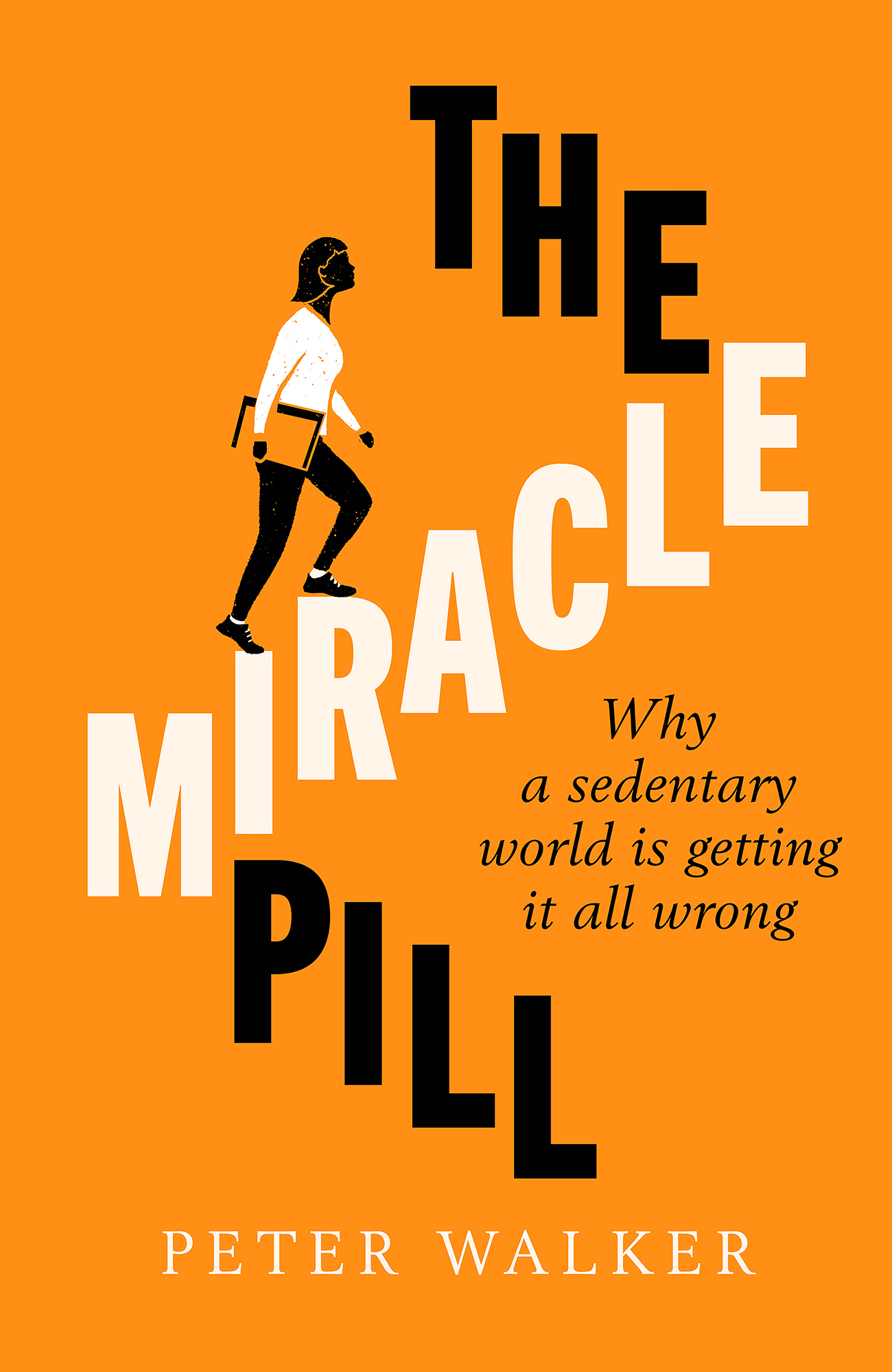

For Ralph
Cast your mind back across the past few weeks,and think about how many times you really used your body as part of everyday life. Im not talking about formal exercise. This isnt a listless jog around the local park, or a spin class squeezed between work chores and family duties, motivated in part by guilt at the thought of the monthly gym fee. I mean using your body in a way that was at least a bit strenuous, and would also be more or less comprehensible to, say, someone from Edwardian times. Perhaps striding across town to an engagement, or digging a garden. Maybe cycling up a hill, not dressed in Lycra and as a penance for too much cake, but to fetch something from a shop. If, right now, youre struggling to immediately recall anything on these lines, you are by no means alone.
It is fair to say that there is a modern crisis when it comes to physical movement. In the UK, well over three in ten of the adult population lead lives so inactive that their long-term health could be harmed.
What has happened? The short answer is that everyday physical activity more or less disappeared from the world. Regular, informal, unplanned exertion, an integral part of virtually every human life since the first Homo sapiens hunted and foraged, was designed out of existence, and with astonishing rapidity. This process began in the nineteenth century, with mass industrialisation and urbanisation, but has accelerated almost beyond measure in recent decades. It has involved everything from the decline of physical work in favour of desk-based jobs, to homes filled with activity-saving devices, where even mini-exertions like walking to the cinema or a restaurant are being gradually replaced by streamed films and the rise of app-summoned takeaways. The same has happened to our external environment, where the routine effort of walking and cycling has been supplanted by ubiquitous car journeys, many of them carrying one person for a laughably short distance.
This transformation has been so rapid as to put much of it within living memory. Even in the economically booming UK of the mid-to-late 1950s, barely half of households owned a vacuum cleaner,
Some of the statistics around inactivity can be genuinely jaw-dropping. In a recent study, Public Health England, the government body charged with improving the nations wellbeing, asked people how much cumulative time in an average month they spent walking briskly. Not jogging, or even a gentle trot, just a slightly increased walking pace. The answer from 44 per cent was, Less than ten minutes that is, pretty much not at all.
There is another element to this physical revolution. The void created by the disappearance of routine movement has, in part, been filled with the notion of exercise, something separate from your everyday life, increasingly commercialised, even fetishised, and thus far from universal. Over recent decades the fitness industry has boomed worldwide, barely making a dent in overall activity levels but allowing governments to focus on the idea of sport as a substitute.
This is not meant as a condemnation of gym-going or any other type of formal sport. They bring joy and fulfilment to millions, not to mention enormous health benefits. Your body doesnt care how you exert yourself. The only problem is that not enough people do it. In the UK, more than half the adult population never take part in any sport, ever. But the attention devoted to exercise rather than everyday movement has helped shift the public narrative towards one based on oversimplified notions of personal responsibility, as if declining activity levels were caused by nothing more than a mass outbreak of laziness.
This not only entirely misses the point, but provides an excuse for politicians not to treat inactivity with the complete seriousness it merits. And make no mistake: this is one of the more momentous changes in recent human existence. To get a sense of the scale, consider the findings of what is almost certainly the most thorough academic attempt to total up the number of global deaths each year connected to inactive living. The figure reached was 5.3 million. Thats about the population of Norway, dying earlier than they should. By the same gauge of measurement, thats a small city, something of the size of Worcester. Its more than 270 people a day almost 60 per day more than tobacco.
But the impact goes far beyond mortality statistics and the associated human tragedy they contain. With countless millions of people acquiring lifestyle-related illnesses like type 2 diabetes at ever-earlier ages, and living for many more decades with a series of chronic, debilitating conditions, most experts agree that, if left unchecked, inactivity is on course to make health services fundamentally unviable. This is very much a question of when, not if.
In the six-plus decades since a pioneering British researcher first demonstrated the link between a lack of movement in peoples everyday lives and chronic illness, knowledge about the sheer range of perils it can cause has multiplied. Many thousands of subsequent studies have clearly established that inactive living, if maintained over years and decades, brings an increased likelihood of not just type 2 diabetes and other metabolic disorders, but heart disease, high blood pressure and strokes, several forms of cancer, poor lung function, as well as depression and anxiety, diminished cognitive function, poorer sleep and, in later life, Alzheimers and other sorts of dementia. Not to mention the big ones: increased chances of early death, or, if you do survive into retirement, a reduced chance of being able to live healthily and independently.
Inactive living is also a key factor in the connected but distinct global health catastrophe of excess weight and obesity. Finally, there is the parallel blight of ailments caused by people sitting down too long, which is also heavily linked to type 2 diabetes and cardiovascular disease.
Dr Adrian Davies is a British academic who has spent more than thirty years researching ways to keep people moving. He is clear about where we find ourselves: In terms of rigour in science and public health we are at that stage where we absolutely know that Homo sapiens were designed, as hunter-gatherers, to be routinely physically active, chasing antelopes across the prairie or whatever it was. And while we have not been able to change our biological destiny, we have changed the built environment. So instead of hunting an antelope we get in the car and drive to Sainsburys.
This book is the story of how routine activity disappeared, and the many consequences it brought. There are several things this book is not. It is not an argument for simply turning back the clock. No one wants a return to mass, repetitive manual labour. And beyond a handful of hair-shirted survivalist types, few would suggest having to carry in piles of wood from a shed every day for heating and cooking. Similarly, domestic appliances like the washing machine and vacuum cleaner have liberated millions of people almost universally women from hours of daily drudgery. This is, instead, about finding new ways to put physical effort into modern lives.
Nor is this intended as a handbook for better health, or a detailed policy manifesto. There are plenty of those already available. Consider it more a guide through this often unnoticed phenomenon and its many consequences, which are hiding in plain sight in virtually every country across the world. But along the way, I hope to point out at least some of the ways through which you might integrate more movement into your routine, and explain the near-magical benefits that can follow. As such, each chapter ends with an idea about how to perhaps integrate more movement into your life. But this is meant just as something to think about, not an instruction, let alone a programme, or a regime.
Font size:
Interval:
Bookmark:
Similar books «The Miracle Pill»
Look at similar books to The Miracle Pill. We have selected literature similar in name and meaning in the hope of providing readers with more options to find new, interesting, not yet read works.
Discussion, reviews of the book The Miracle Pill and just readers' own opinions. Leave your comments, write what you think about the work, its meaning or the main characters. Specify what exactly you liked and what you didn't like, and why you think so.

